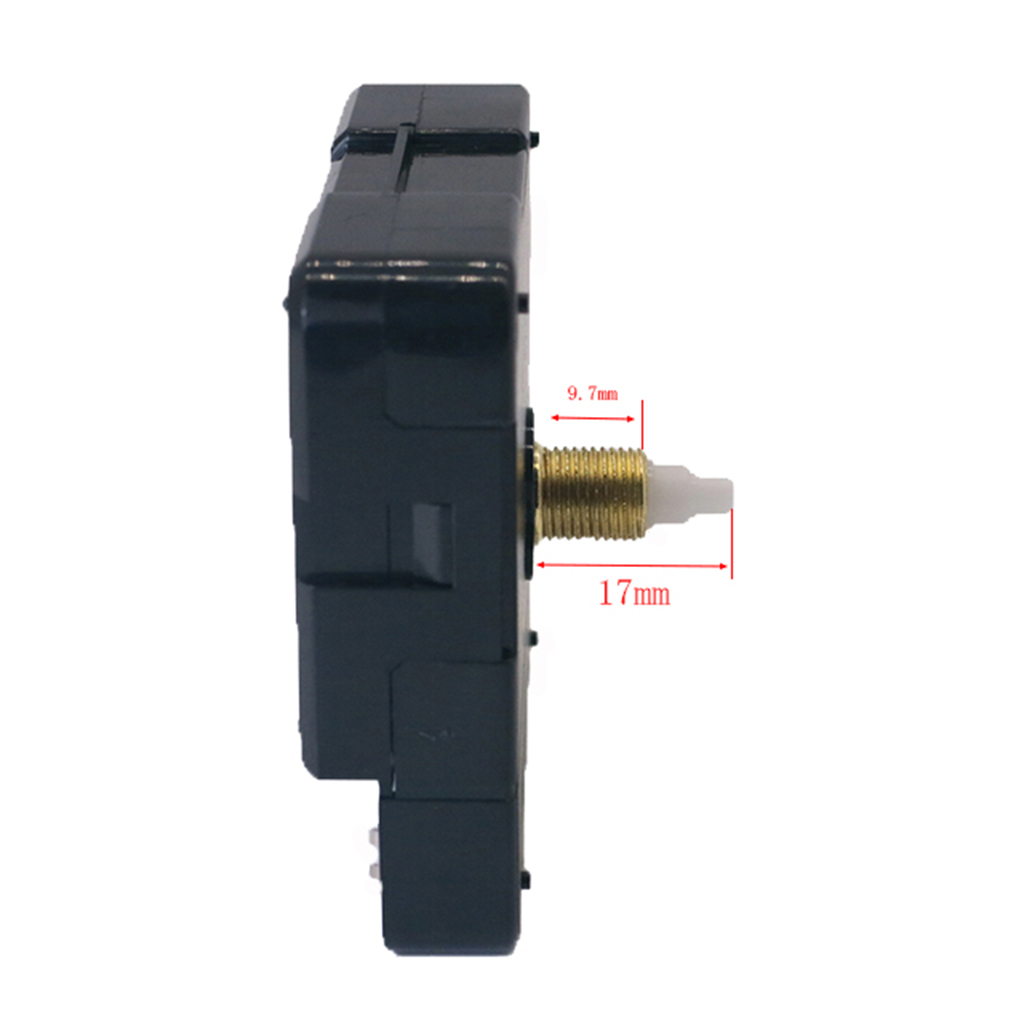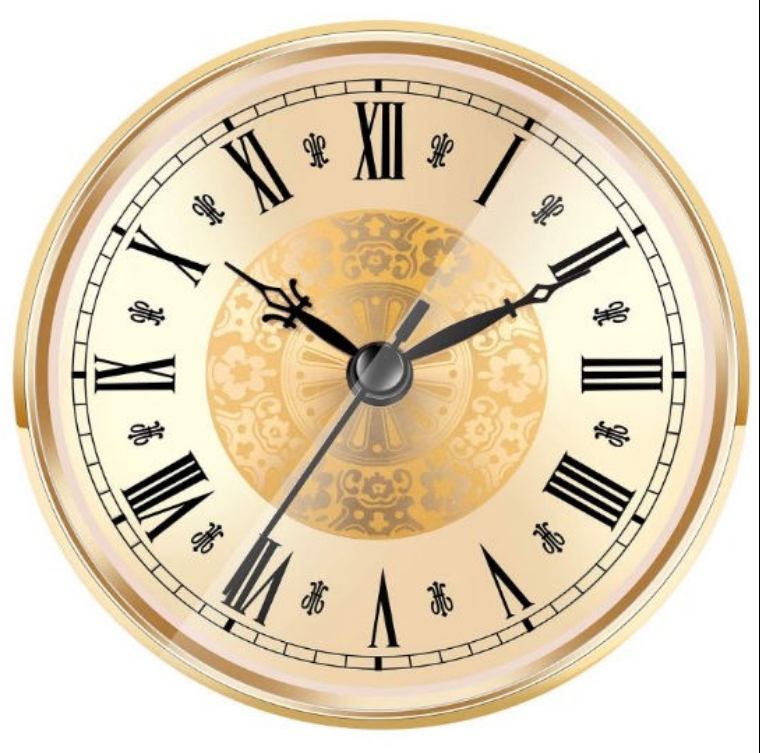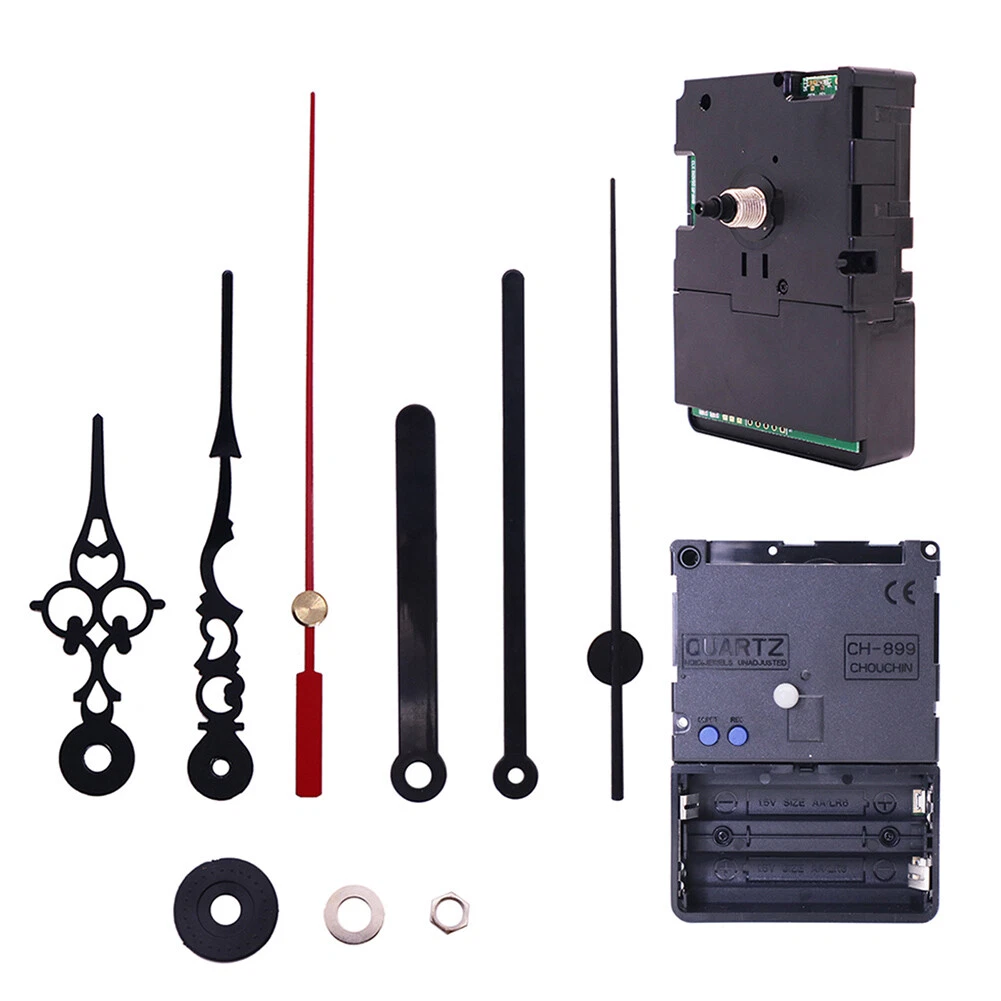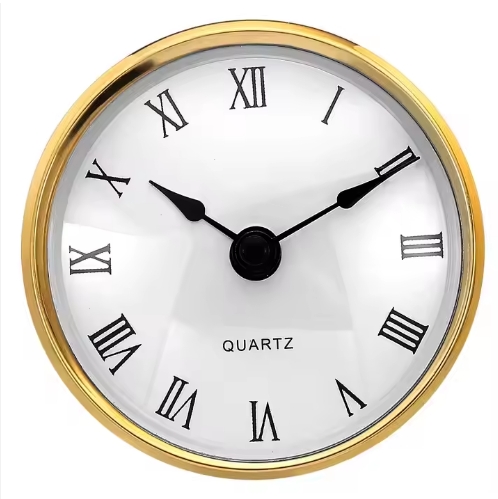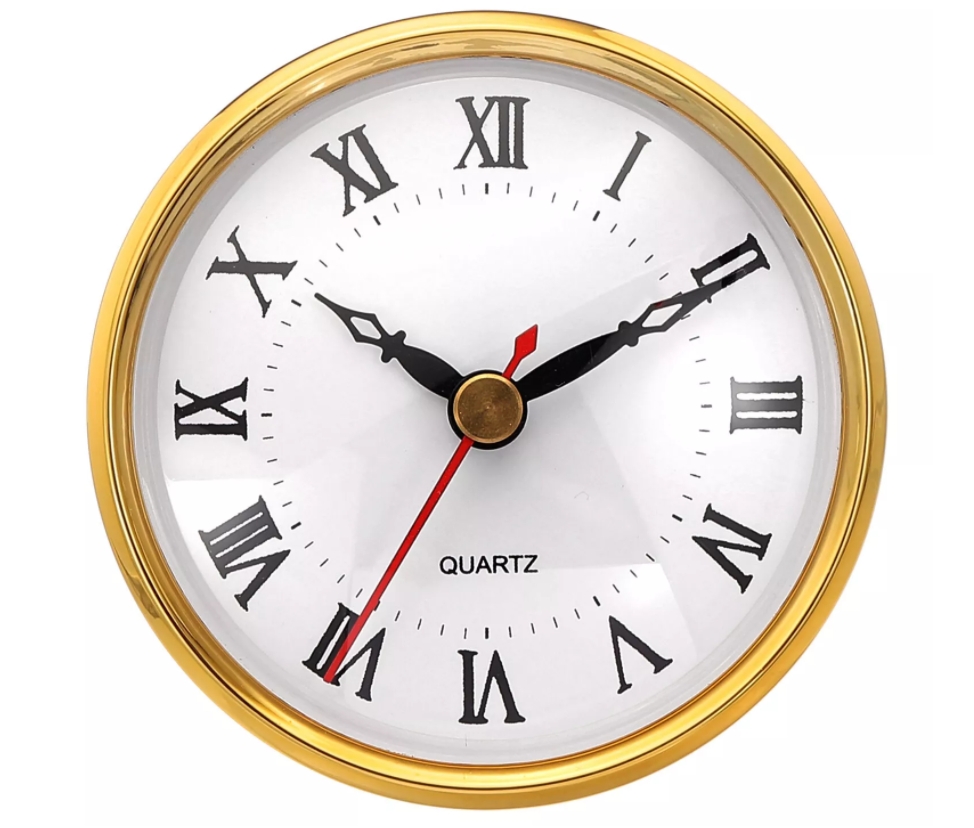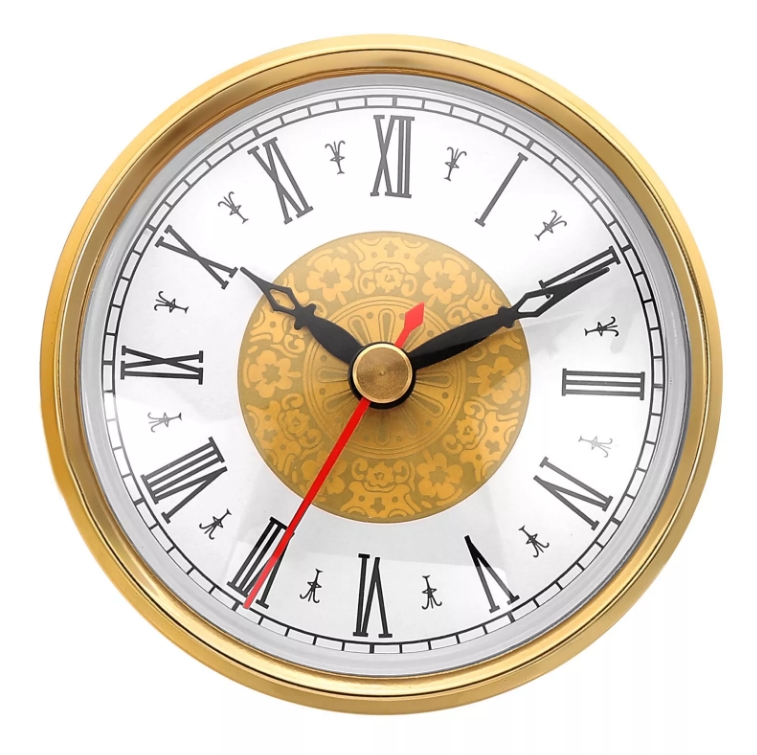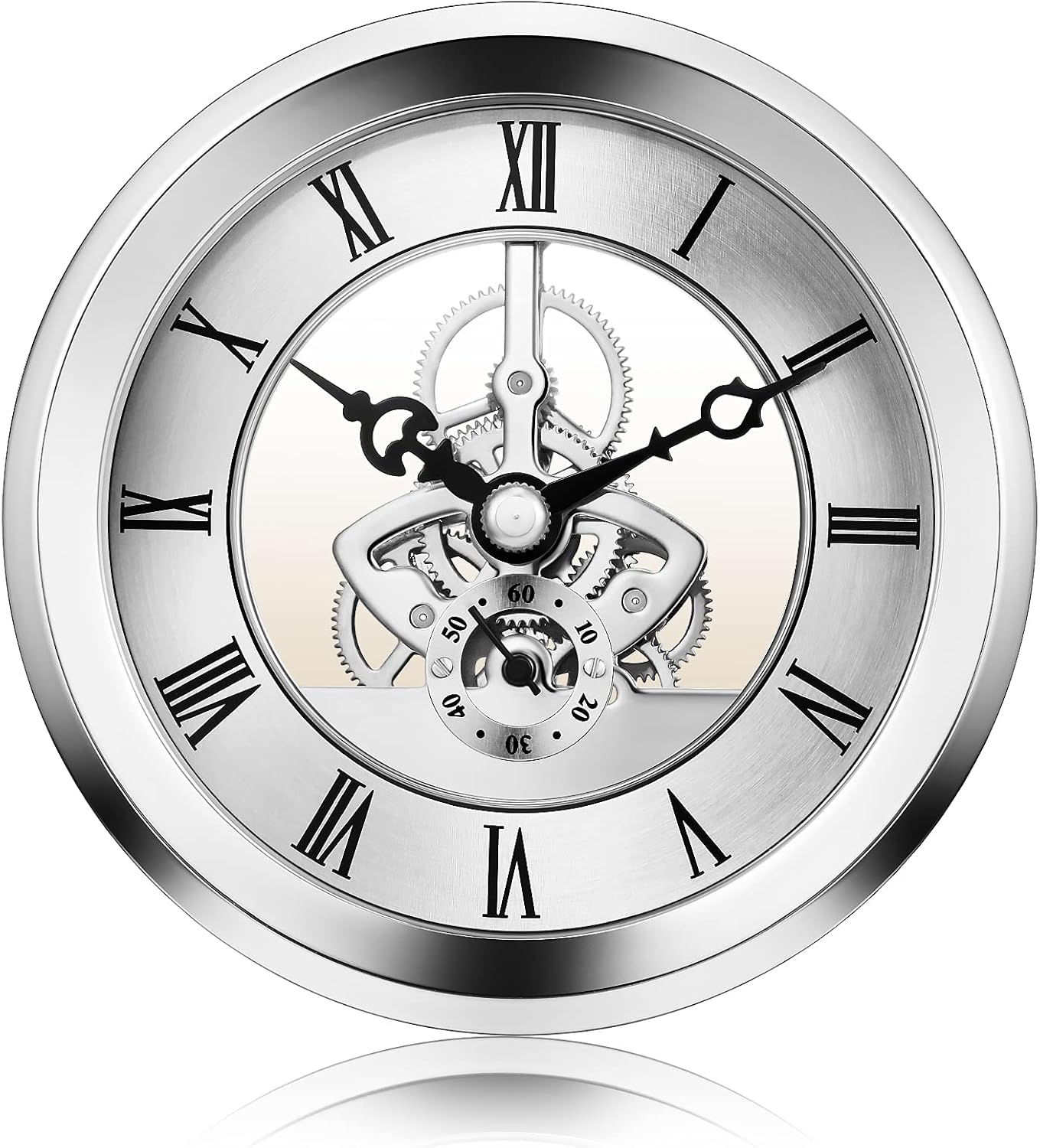



For many people, the dignified appearance and mellow sound of a grandfather clock gives life to a home; in addition, buying a grandfather clock can be an excellent investment.
As decorative objects, they cover a large variety of styles, from the early country examples to those with extremely sophisticated dials, movements, and cases.
When first built, these clocks were referred to as the long clock, tall-case clock, tall clock, hall clock, floor clock, or even coffin clock. The term “grandfather clock” became its most popular name after a song writer by the name of Henry Clay wrote a “Grandfather Clock” song in 1876.
A BIT OF HISTORY. . .
The very first early mechanical clocks, which didn’t have pendulums, were developed in the last half of the 13th century, probably by monks from central Europe, and were placed within the church. They did not have dials or hand and only struck bells on the hour. It was over 100 years before visible dials and hands were added. These early clocks were very large and were made of heavy iron frames and gears forged by the local blacksmiths. By the first part of the 15th century, small domestic clocks started to appear. They were probably made by the local gunsmiths or locksmiths.
After 1630, before the swinging pendulum was invented, lantern clocks were used to keep time. These clocks were originally made to hang from a sturdy hook on the wall by means of an iron hoop at the back of the clock. Being weight-driven, lantern clocks would have one or two weights hung on ropes through holes in the bottom of the clock and were held in place either by spikes protruding from the bottom of the backplate or the back feet.
Another option was to place the clocks on an oak wall bracket. These clocks were not expected to be accurate timekeepers and only marked time in units of a quarter of an hour, registered by a single hand. This weight-driven clock became popular for the home use of the very wealthy. Then came the swinging pendulum in 1656 and a more accurate clock “was born.”

The movements of this very early clock were mounted high above the floor because they required long pendulums and large cast-iron descending weights. This simple mechanical works with a face and hands was referred to as “wags on the wall.” Wooden cases were originally used to hide the unsightly weights and cast-iron pendulums as well as to protect the weights and pulleys from dust and from interfering children or animals.
These clocks gradually changed to having shorter pendulums and verge escapements (sometimes referred to as crown-wheel) housed in narrow, ebony cases. By the 1670′s, the verge escapement was discontinued in favor of the anchor escapement, a much simpler process which increased the accuracy of the clocks. Through the years, the grandfather clock became known as an excellent timekeeper.
THE GRANDFATHER CLOCK CASE
The grandfather clock case consists of the base, waist, and hood. Some original designs included feet, waist columns and door columns, hood fret work, and finials (the decorative parts at the top of the spire). In their heyday, many tall-case clocks were built over 9 feet tall. Today most range from 6 feet to 7 feet, 6 inches in height. Cases shorter than 6 feet are considered grandmother clocks.
Not only did the time piece become more efficient but the case used to house the mechanical parts of these grandfather clocks also evolved tremendously from these early wags-on-the-wall prototypes. At the beginning, most clockmakers were not skilled in wood techniques and turned to jointers for their woodworking abilities. These early jointers used the exact same jointing techniques and styles they used on furniture.
Cases were made of many kinds of woods. Although hardwoods such as maple, cherry, walnut, and mahogany were usually used, other lower-cost clocks were made of pine, which usually had a painted grain added to simulate the more desired and expensive hardwood. One might say that many cases were very elegant and beautiful while others were extremely crude. As the years passed, these cases became more and more ornate and sophisticated, especially during the Victorian age.
When tall clocks were popular, they were referred to as a “new clock”; the term referred to anything with a pendulum and a clock house, or case. In those days, most clock cases were made by local cabinetmakers while the works, either brass or wood, were made by a firm that specialized in clock works. The cabinetmaker engraved or painted his name on the dial, thereby taking claim for the completed clock.
After 1800, more and more people were buying grandfather clocks because they were made in quantity therefore more affordable. After 1840, wooden movements were abandoned, and the 30-hour brass movement became popular mainly because of its low price. Soon after, the spring-powered movement came into being and really paved the way for a variety of totally new and smaller clock cases.
Today, not only are the cases carefully crafted of fine wood, (many have added beautifully decorated finials), but they also have intricately designed pendulums, they chime the hour, and they need to be key wound only every 30 or 31 days.
Today’s grandfather clocks are awesome!
- Sweep clock movement
- Clock hands
- High torque clock movement
- Skeleton clock movement
- Radio controlled clocks
- Pendulum clock movement
- 24 hours clock movement
- Tide clock movement
- DIY clock movement
- Round clock movement
- Quartz clock movement
- Clock inserts
- Watch inserts
- Clock parts
- Clock dials
- Wall clocks
- Plastic clock movements
- Toy clock movements
- Hook clock movement
- Alarm clock
- Clock movement
- Movements package
- Clock hands catalog



Sitemap Admin Powered by: hkwww.cn
Tel: 86-769-85532891 E-mail: talent@hengrongclock.com.cn http://www.clockmovements.cn
Keywords: clock movement, clock parts, clock hands, clock mechanism, clock accessories, cuckoo clock, alarm clock, insert clock





